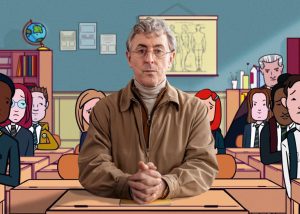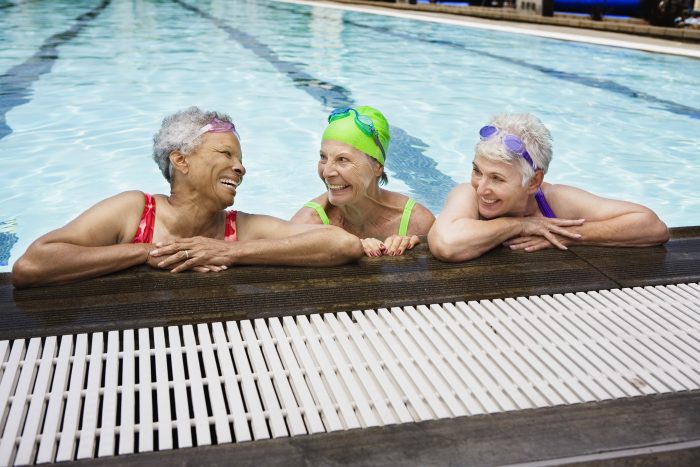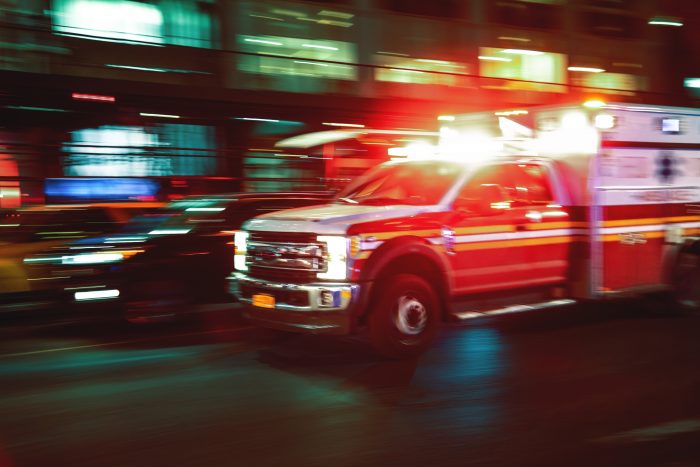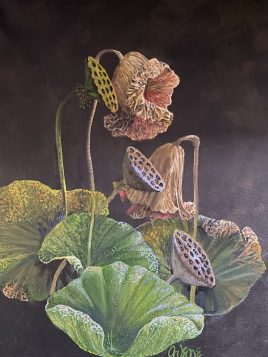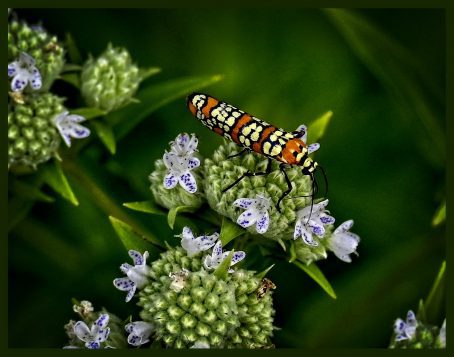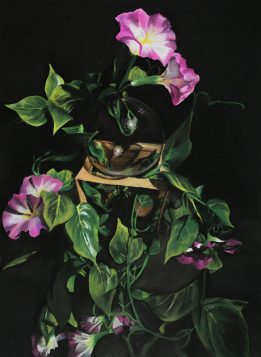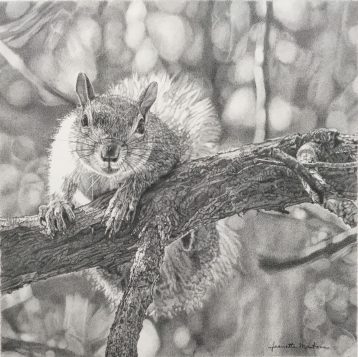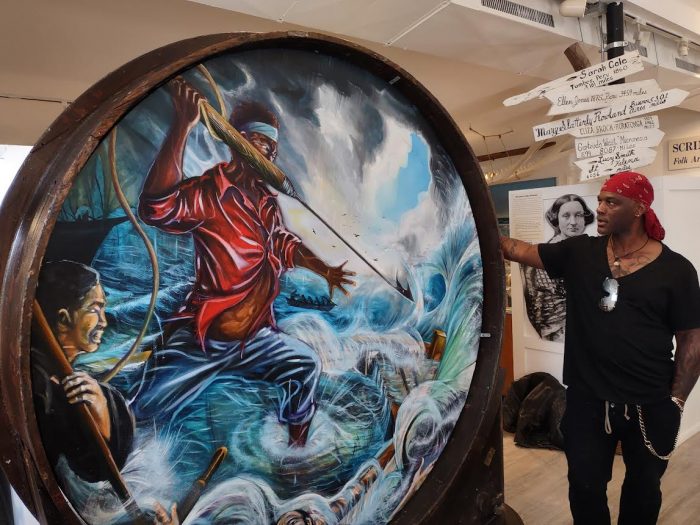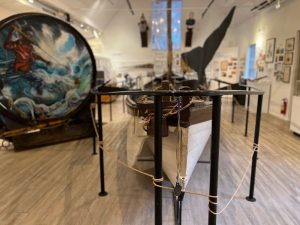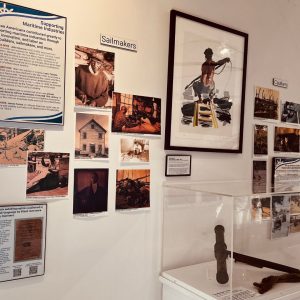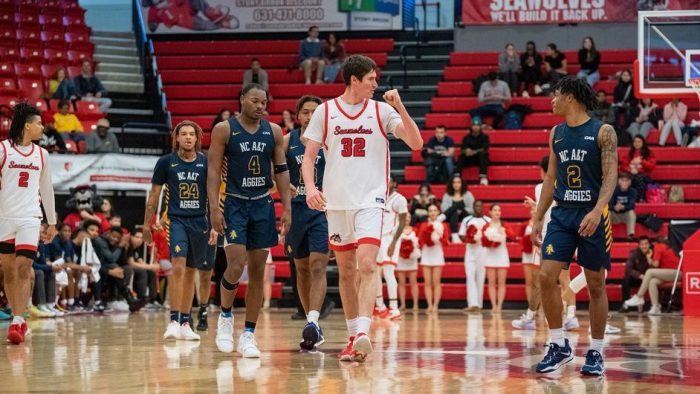By Daniel Dunaief
Alistair Rogers lives, thinks and works on opposite extremes.
At the same time that he gathers information from the frigid Arctic, he is also analyzing data from the sweltering tropical forests of Panama and Brazil. He visits both regions annually and, within one eight-day span, saw a Polar Bear in Utqiaġvik (formerly known as Barrow), Alaska and a tarantula in Brazil.
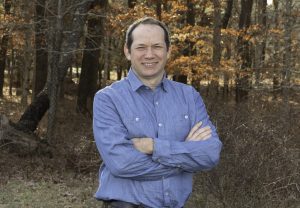
That’s not where the extremes end. Rogers is also studying plants at the physiological level to understand how best to represent processes such as photosynthesis, respiration and stomatal conductance in climate models.
The leader of the Terrestrial Ecosystem Science & Technology Group in the Environmental and Climate Sciences Department at Brookhaven National Laboratory, Rogers recently was honored as a Fellow of the American Association for the Advancement of Science.
The AAAS has named fellows every year since 1874 to recognize their contributions to the advancement of science. Previous honorees included astronaut and former Johnson Space Center Director Ellen Ochoa, a founding member of the NAACP and scholar W.E.B. Du Bois and inventor Thomas Edison.
Lisa Ainsworth, Research Leaders of the Global Change in Photosynthesis Unit for the USDA Research Service, nominated Rogers, who served as a mentor for her when she conducted her PhD research.
“[Rogers] is one of the world’s authorities on understanding how plants respond to atmospheric change and in particular rising carbon dioxide concentration,” Ainsworth said. He’s an experimentalist who “built a bridge to the scientific computational modeling community.”
Ainsworth suggested she would not have the career she developed if it weren’t for the support she received from Rogers.
Rogers, who the Department of Energy recognized as an Outstanding Mentor three times and has been at BNL since 1998, “makes you believe in yourself when you don’t have any reason to do that. He believes in you before you know you should believe in yourself,” Ainsworth said. For his part, Rogers is “delighted to be honored and recognized as a fellow.”
Carbon dioxide sinks
For all the extremes in his work, Rogers has been collecting data from plants to address a range of questions, including how they will react to and affect environmental changes caused by global warming.
Through photosynthesis, plants are responsible for absorbing about a third of the carbon dioxide humans produce through the burning of fossil fuels.
The uptake of carbon dioxide by plants and oceans has limited warming so far to 1.2 degrees Celsius above pre-Industrial temperatures. Without such carbon dioxide removal by oceans and plants, the temperature would already be 3 degrees warmer.
The models his work informs are trying to understand what will happen to the carbon dioxide subsidy in the future.
“In order to work out how warm it’s going to get, you need to know the carbon dioxide concentration and the climate sensitivity (how much warmer it will get for a given amount of carbon dioxide),” he explained in an email.
Photosynthesis is less efficient at higher temperatures, but is also more efficient amid an increased amount of carbon dioxide. Drier air also reduces the efficiency of the process as plants close their stomata to conserve water, which restricts carbon dioxide supply to their chloroplasts.
The transfer of water from land to the atmosphere most often occurs through stomata, so understanding the way these pores open and close is important in predicting cloud formation and other land-atmosphere interactions.
Ainsworth described how a typical day of field work gathering data could last for 16 hours. She appreciated how Rogers worked and played hard — he is a cyclist and a skier — while keeping the work fun. Indeed, Ainsworth said Rogers, on regular calls with two other professors, blends discussions about grants and work decisions with their first choice for their guesses at the New York Times wordle game.
Leadership roles
In addition to his leadership role at BNL, Rogers is also part of the leadership teams for the Next Generation Ecosystem Experiment — Arctic and the Next Generation Ecosystem Experiment —Tropics.
Rogers said the Arctic is seeing the biggest increase in temperature relative to anywhere else on the planet faster because of climate feedback. When ice and snow melt, it reveals surfaces that absorb more heat.
The tropics, meanwhile, have been more stable, although the region is expected to experience hotter, drier temperatures in the coming decades as well.
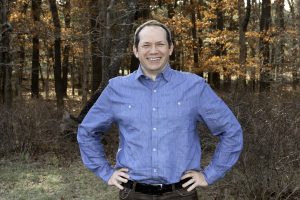
The Department of Energy is studying these biomes because they are climatically sensitive, globally important and poorly represented in climate models.
Rogers is working with other scientists at BNL and around the world to understand these processes to feed his data collection and analysis into global models.
Using an analogy for developing these models, Rogers suggested trying to predict the time it would take to get to the airport. A traveler would need to know the distance and the mode of transport — whether she was walking, biking or riding in a car.
A model predicting the travel time would make assumptions about how fast a person could go in a car, while factoring in other data like the weather and traffic density at a particular time to anticipate the speed.
If the traffic model wasn’t sure of the maximum possible speed of a vehicle, the error associated with predicting the arrival time could be large, particularly when considering the difference between traveling in a steamroller or a Lamborghini on empty roads.
Climate models use a similar process. By studying the species of plants, Rogers can tell the models whether the plants are the equivalent of sports cars or steamrollers.
Big picture
The worst case scenario of earlier models is highly unlikely, although the scenario of a drastic reduction in carbon dioxide also hasn’t occurred. The models, however, still suggest that changes in human behavior are critical to protecting the future of the planet against the effects of climate change.
Rogers is encouraged by the declining cost of solar energy and the work developing countries have done to bypass some of the more polluting sources of energy from the industrial revolution. He is also pleased by the commitment from the Department of Energy to look for climate change solutions.
These elements “represent great opportunities for scientists like me” to work on these problems.

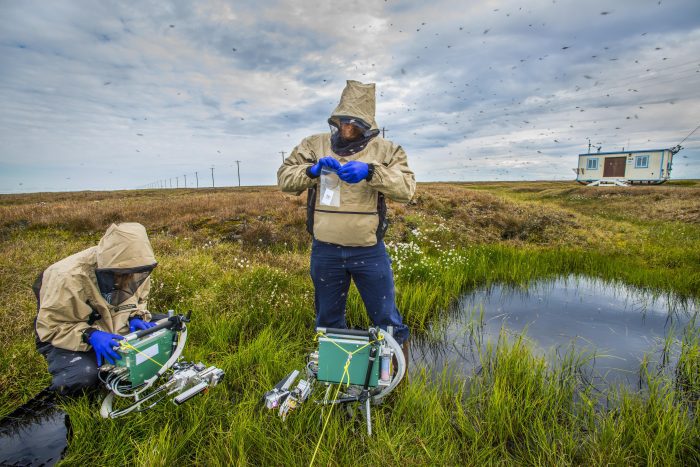


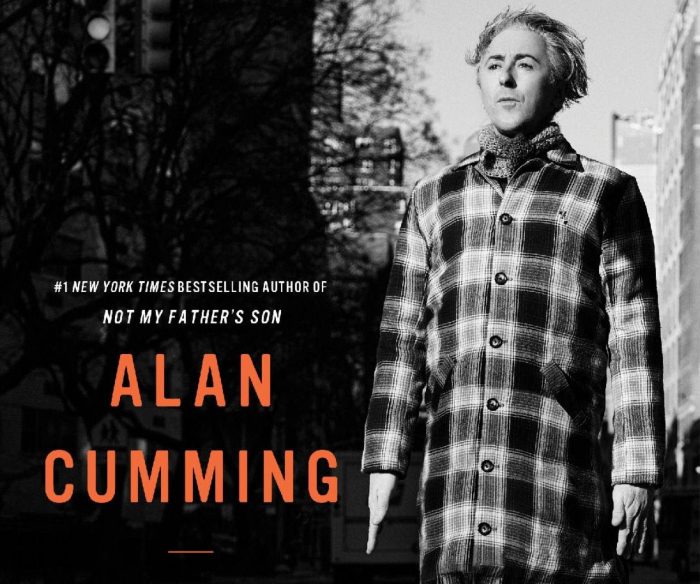
 In addition, Cumming is a director, an LGBTQ+ activist, and a gifted writer. Unlike many celebrities who have found their way onto the printed page via “as told to” or ghosted autobiographies, Cumming’s first work was the novel Tommy’s Tale (2002). The book was a darkly comic and highly revealing roman a clef. He followed this with a fascinating and complicated look at his relationship with his abusive father, Not My Father’s Son (2014), directly resulting from his appearance on the genealogy show Who Do You Think You Are?
In addition, Cumming is a director, an LGBTQ+ activist, and a gifted writer. Unlike many celebrities who have found their way onto the printed page via “as told to” or ghosted autobiographies, Cumming’s first work was the novel Tommy’s Tale (2002). The book was a darkly comic and highly revealing roman a clef. He followed this with a fascinating and complicated look at his relationship with his abusive father, Not My Father’s Son (2014), directly resulting from his appearance on the genealogy show Who Do You Think You Are?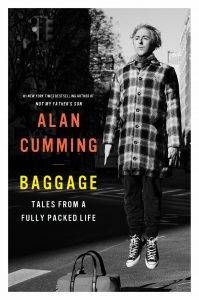 Unflinching accounts of partying are juxtaposed with revelations about his family and those closest to him. Whenever possible, he praises his artistic collaborators. He reserves overwhelming gratitude for friends who have stood by him in dark times. He shares his joy and appreciation for meeting his husband, Grant Shaffer. (Cumming discusses the difficulties of his first marriage to actor Hilary Lyon, with whom he planned on having children.)
Unflinching accounts of partying are juxtaposed with revelations about his family and those closest to him. Whenever possible, he praises his artistic collaborators. He reserves overwhelming gratitude for friends who have stood by him in dark times. He shares his joy and appreciation for meeting his husband, Grant Shaffer. (Cumming discusses the difficulties of his first marriage to actor Hilary Lyon, with whom he planned on having children.)